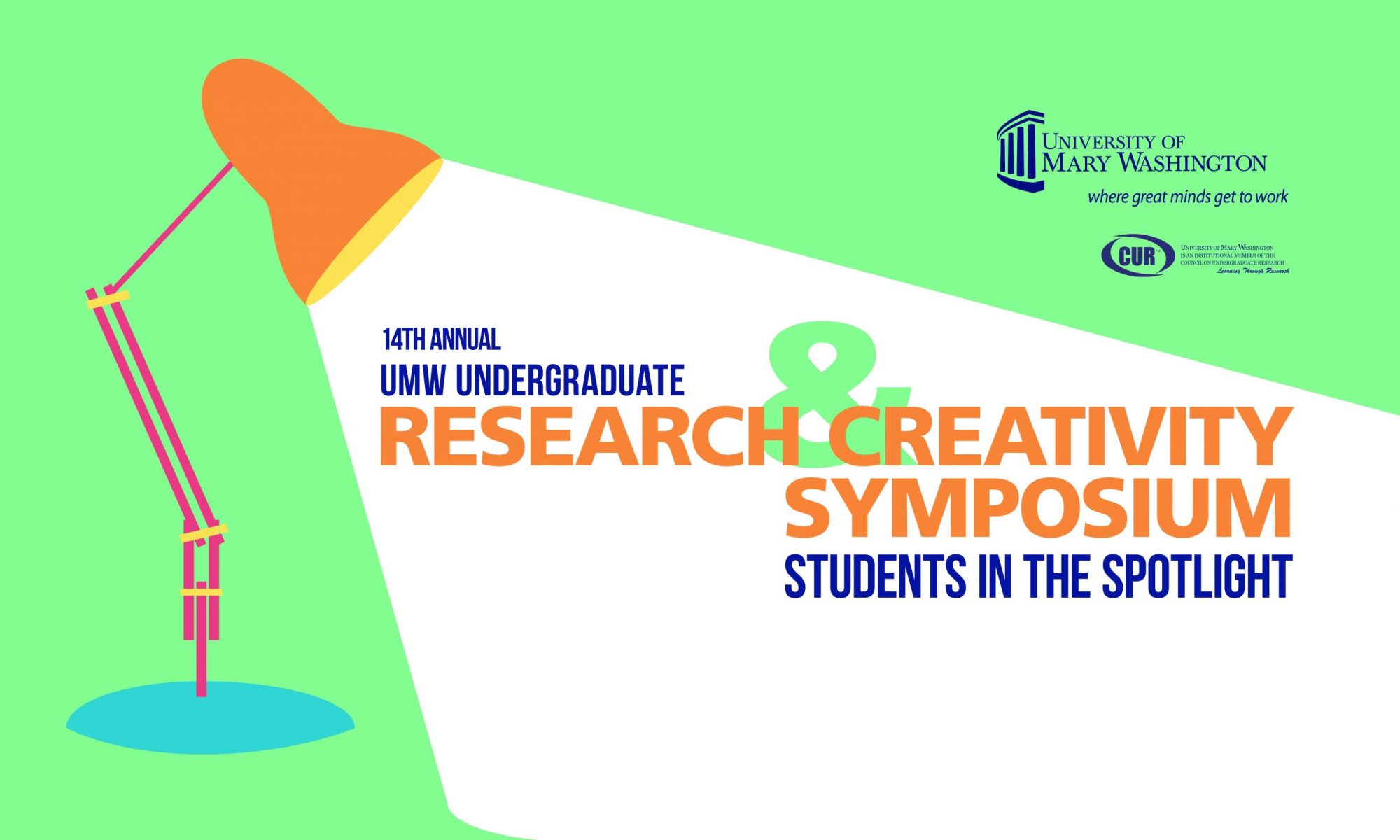by Daniel Milliken
Faculty Mentor: Dr. Alan Griffith
Trees play an important ecological role within the urban environment. They improve public health, provide environmental support and provide aesthetic benefits to cities. To help provide a better understanding on the services that our trees provide, researchers have come up with a way to place economic (monetary) value on these services they provide. Our study will explore the ideas of ecosystem values and answer the following questions: What are the services that the trees located on the University of Mary Washington (UMW) campus provide for the faculty and student population? Specifically, what amount of carbon is removed from the atmosphere by each species of tree through sequestration and storage? This independent research project used the United States Department of Agriculture Forest Service’s software suit, i-Tree Eco, to quantify the ecosystem benefits that the University of Mary Washington’s urban forest conveys to its community.

What a fascinating project– I never thought about different trees sequestering and storing varying levels of carbon dioxide. Will your study also continue to assess the impact of those trees labeled other (like the flowering cherries, etc.)? I would look forward to reading about more work on this .
Thank you very much. The next phase in the study would be to go back and get all the canopy measurements so that i-Tree can give us more specific data on the trees that are actually on campus instead of the more general view that was provided. For example the canopy measurements used for Eastern Red Cedars was the generic average already in the system for that species. Hopefully going back and gathering that data may swap some of the trees in and out of the top 10 listed as well as give use more data on the ones not listed.
This is cool Dan – great to see it.
I’ve always wondered what the tree diversity on UMW’s campus was… Did you record the total diversity (breaking down the ‘others’ in your data)?
Thanks again for the great project and information.
Daniel,
This is such an interesting and pertinent research project! The results indicating that Willow Oak has the greatest carbon storage was fascinating, and makes sense since these are realatively fast growing trees with a large canopy (large vertical and horizontal crown) and a large surface area of small, thin leaves which increases its biomass/surface area which can store carbon. It was interesting to see your results show that the Eastern Red Cedar sequesters the most carbon annually, which makes sense since it is an evergreen and thus does not drop its needles (or as much compared to a deciduous tree) and thus doesn’t lose as much carbon in biomass as other tree species would.
This research could be extremely applicable for urban planning! I could see this data being used for such projects as in Atlanta and other large cities where research has shown urban tree planting has decreased depression, respiratory diseases like asthma, and obesity of city dwellers as it improves air quality, promotes people to be outdoors, and removes carbon dioxide emitted from heavy city traffic and factories. Great work!